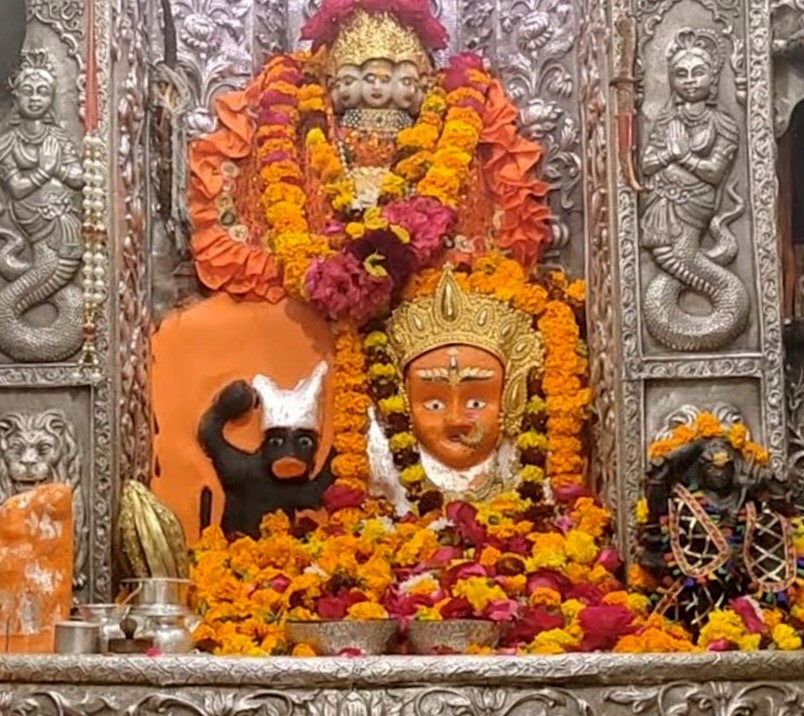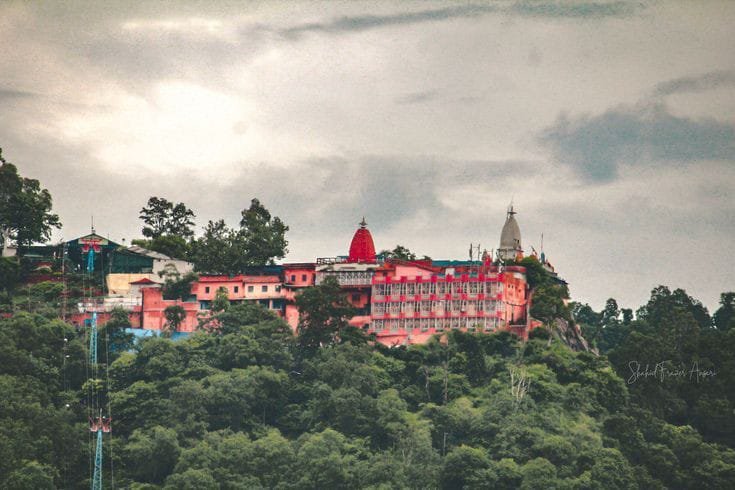Today, we mourn the tragic loss of seven lives in a stampede at the revered Mansa Devi Temple in Haridwar, Uttarakhand. Over 50 others were injured in the incident, which occurred during the sacred month of Sawan, a time when lakhs of devotees visit pilgrimage sites across Bharat to offer prayers to Bhagwan Shiva and Shakti.
While relief efforts are underway and authorities continue to investigate the cause—initially believed to be panic triggered by rumours of electrocution—we must also take a moment to understand the spiritual gravity of the temple where this tragedy unfolded. NDTV story here
Who is Goddess Mansa Devi?
Mansa Devi is a powerful form of Shakti, the divine feminine force. The name “Mansa” is derived from the Sanskrit word “mansaa”, meaning “wish” or “desire”. She is believed to fulfill the heartfelt wishes of her devotees when approached with pure bhakti (devotion). Often depicted holding a lotus, sword, and trident, Mansa Devi is especially revered in North and Eastern India as a goddess who removes obstacles, cures snakebites, and blesses with health and prosperity.

The Temple and Its Importance
Perched atop the Bilwa Parvat on the Shivalik Hills, the Mansa Devi Temple is one of the Panch Tirth (Five Pilgrimages) within Haridwar and part of the Siddh Peeths—a group of Shakti temples believed to fulfill devotees’ wishes. It is connected by a ropeway (Mansa Devi Udankhatola) and a steep stairway used by thousands of pilgrims daily, especially during auspicious times such as Navratri, Chaitra, and Sawan.

Pilgrims often tie threads to the sacred tree inside the temple as a symbol of their wishes. Once the wish is fulfilled, they return to untie the thread as a gesture of gratitude.
The Significance of Sawan and Haridwar
The holy month of Sawan (Shravan) holds deep significance in the Hindu calendar, being particularly dedicated to Lord Shiva. Haridwar becomes a focal point during this time, especially for Kanwariyas—devotees who carry Ganga Jal on foot from Haridwar to offer at Shiva temples across India. The spiritual energy and emotional intensity of this month create a powerful surge of devotion—but also crowding, which unfortunately contributed to today’s tragedy.
Learning from Tragedy: Pilgrim Safety Must Be a Priority
At Apna Sanatan we believe that devotion should not come at the cost of safety. Spiritual sites like the Mansa Devi Temple are not just religious centers but also emotional and cultural landmarks. It’s time to treat them with the logistical seriousness of any large-scale public event.
We call upon:
- Temple management to invest in modern surveillance and emergency systems.As we grieve, we must also introspect. Such incidents remind us of the urgent need for better crowd management, safety infrastructure, and public communication during high footfall events. Temples are not just places of worship but living ecosystems of faith, and they must be treated with the same seriousness as any major civic gathering or event.
- Authorities to enhance crowd control and communication.
- Devotees to follow protocols and avoid rumor-based panic.
Apna Sanatan urges both devotees and authorities to work together in safeguarding our spiritual heritage—not just in form, but in function. Let temples be sanctuaries of peace, not places of panic.
We offer our heartfelt condolences to the families of those who lost their lives and prayers for the swift recovery of the injured. May Mata Mansa Devi grant them peace and protect her bhakts from harm in the future.
Let this not just be a headline. Let it be a turning point—for safer pilgrimages, deeper reverence, and renewed commitment to Sanatan values of compassion, order, and collective care.



